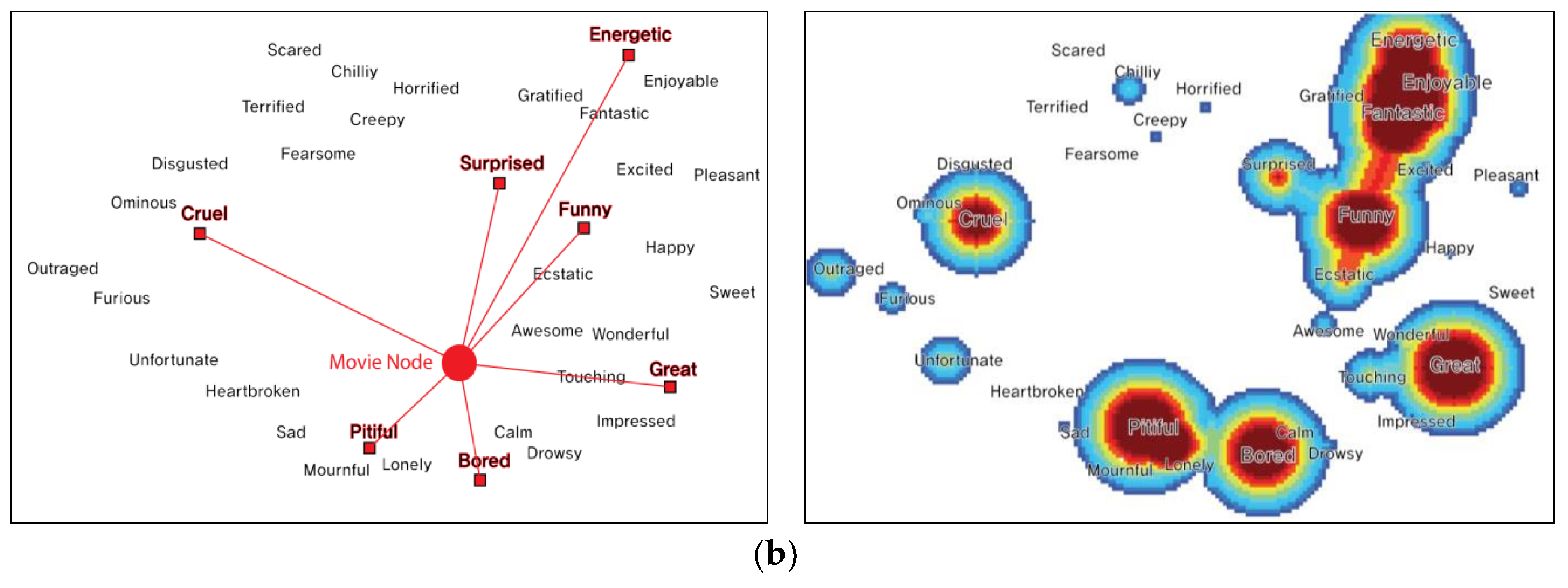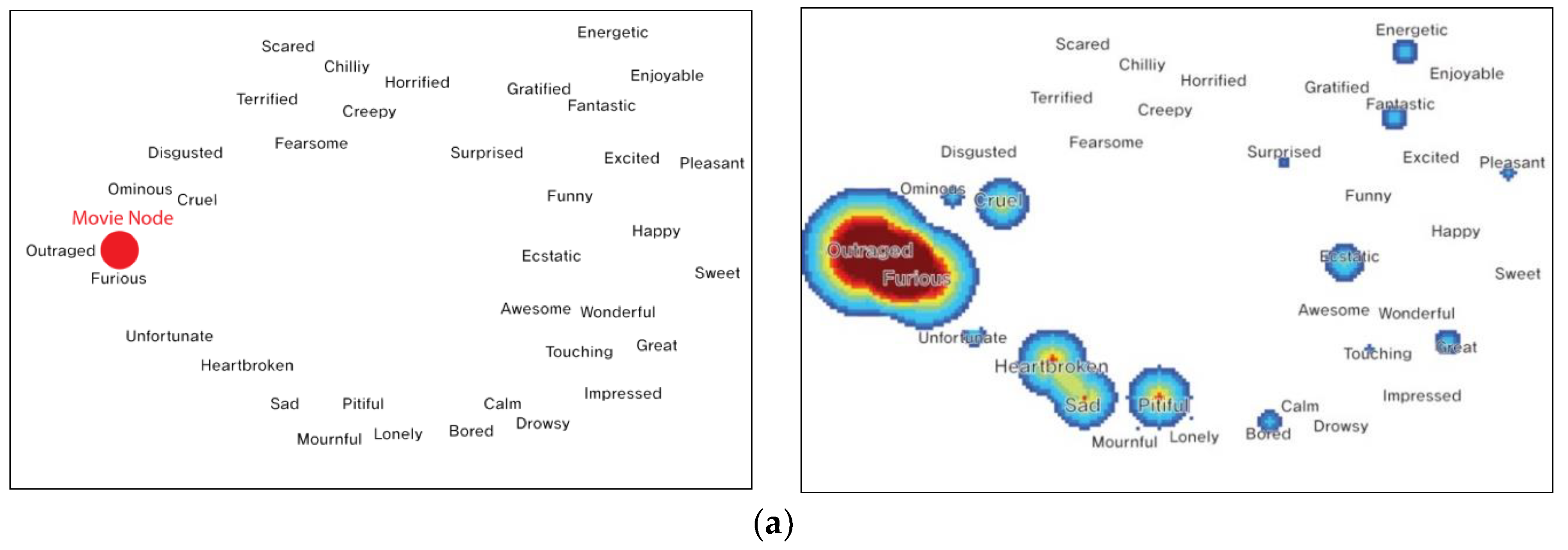

How do people encode, store, and retrieve knowledge? Psychologists have examined memory retrieval using different tasks as a means of understanding mental representation ( Tulving 1972).
SEMANTIC NETWORK MAXQDA CODE
To encourage best practices, we discuss the merits of each network estimation technique, provide a flow chart that assists with choosing an appropriate method, and supply code for others to employ these techniques on their own data. We conduct the first exploration of different methods for estimating psychologically-valid semantic networks by comparing people’s similarity judgments of edges estimated by each network estimation method.

U-INVITE is the only known method derived from a psychologically plausible process model of memory retrieval and one of two known methods that we found to be consistent estimators of this process: if semantic memory retrieval is consistent with this process, the procedure will eventually estimate the true network (given enough data). In simulations, we find that U-INVITE can recover semantic networks with low error rates given only a moderate amount of data. We compare this method to several other methods in the literature for estimating networks from semantic fluency data. We propose a novel method (U-INVITE) for estimating semantic networks from semantic fluency data (listing items from a category) based on a censored random walk model of memory retrieval.

A major issue in semantic network research is that there is no consensus among researchers as to the best method for estimating the network of an individual or group. One popular and classic theory of how the mind encodes knowledge is an associative semantic network, where concepts and associations between concepts correspond to nodes and edges, respectively.


 0 kommentar(er)
0 kommentar(er)
